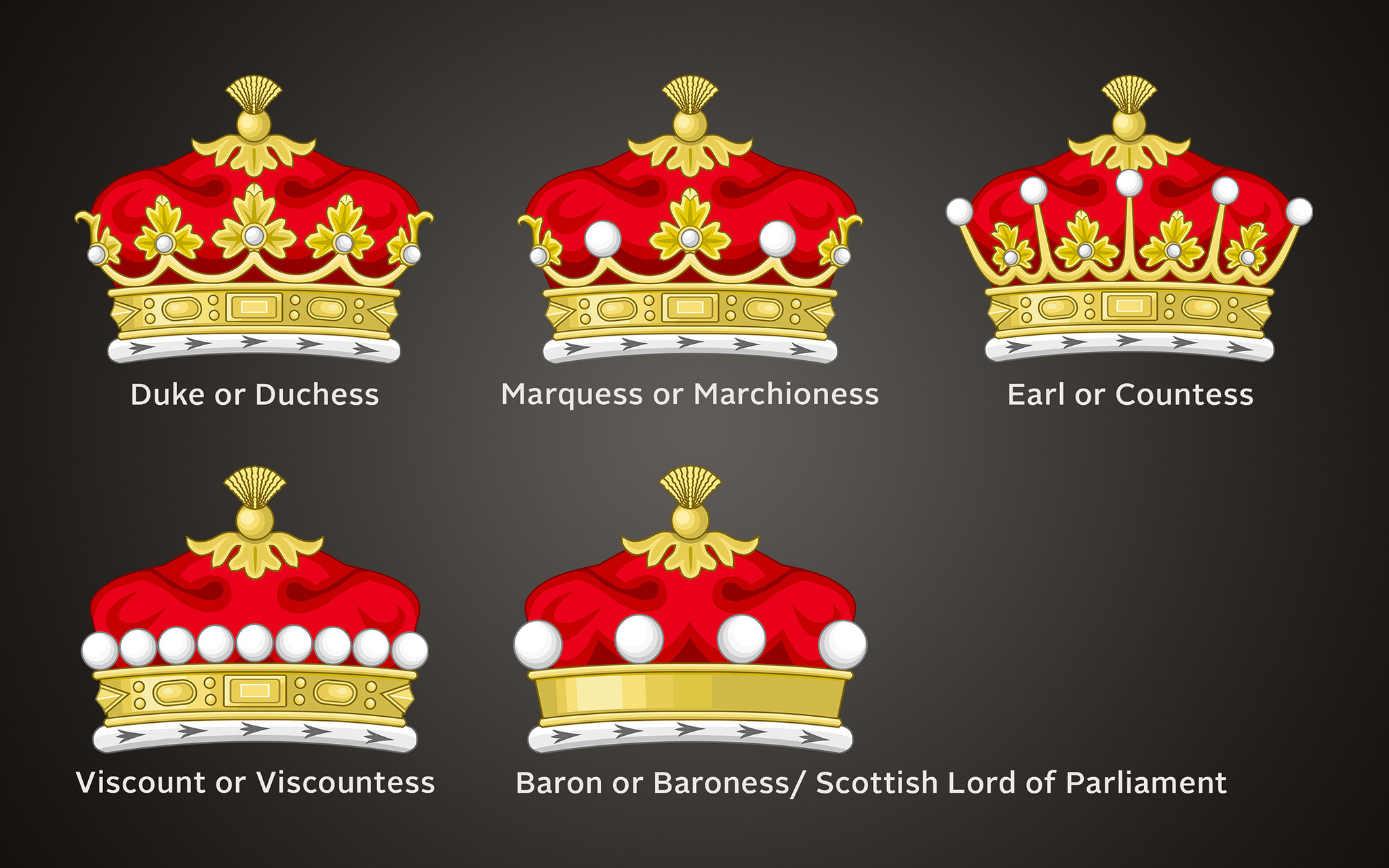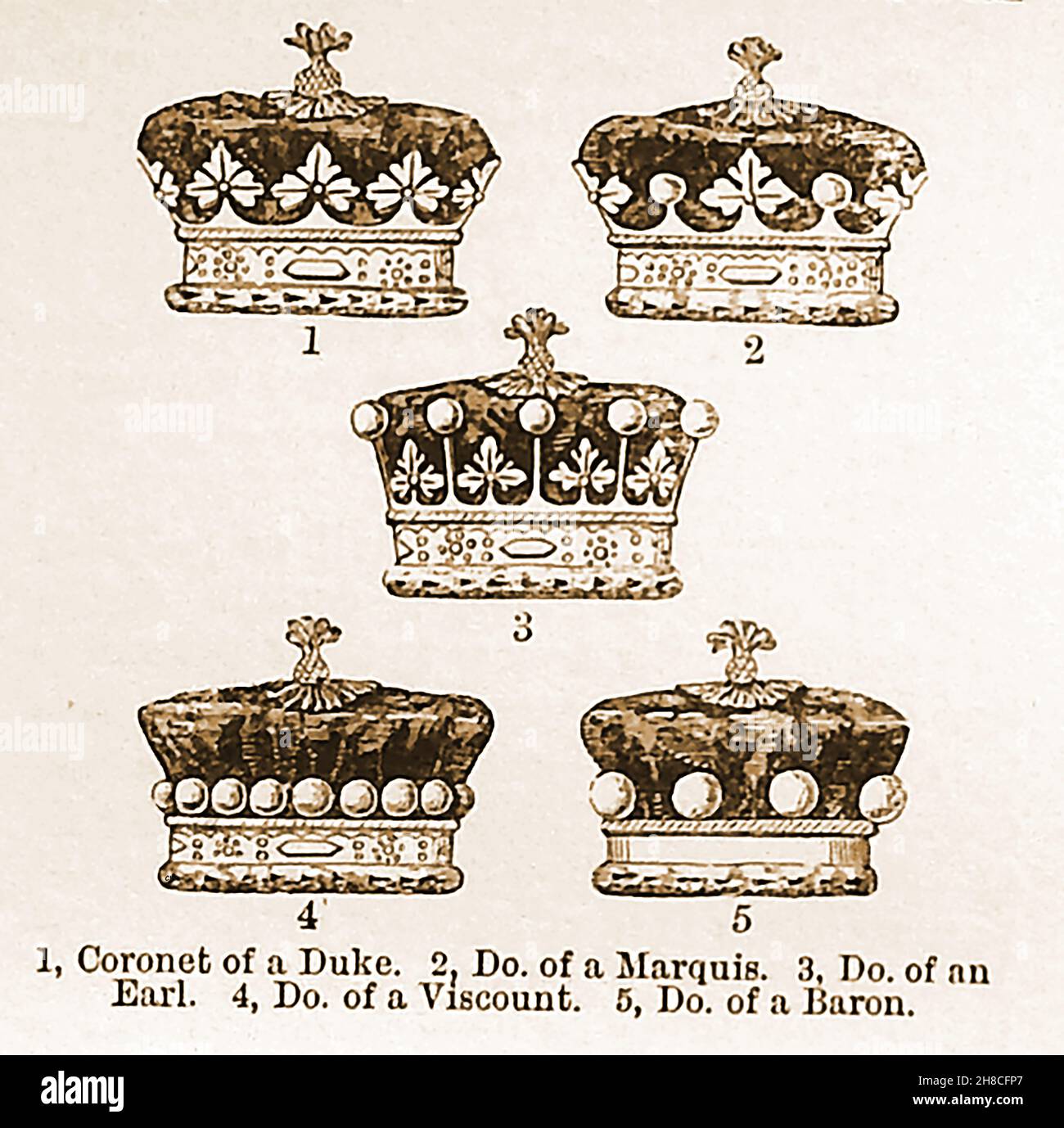When it comes to noble titles, the distinction between a Viscount and a Count can leave even the most avid history buffs scratching their heads. Both titles have rich histories and significant roles in the aristocratic hierarchy, but they're not interchangeable. In this article, we’ll break down the key differences between a Viscount and a Count, explore their origins, and help you understand where they fit in the grand scheme of things. So buckle up, because we’re diving deep into the world of nobility!
First off, let’s set the stage. Viscount and Count are both noble titles, but they come from different traditions and have distinct meanings. While both titles denote a rank of nobility, their origins, responsibilities, and social standing vary. Understanding these differences can give you a clearer picture of how the aristocratic system worked—and still works in some parts of the world today.
Now, you might be wondering, "Why does this matter?" Well, for history enthusiasts, genealogists, or anyone fascinated by royal lineage, knowing the nuances between these titles adds depth to your understanding of European history and culture. Plus, it’s always fun to drop some aristocratic knowledge in casual conversation, right? Let’s get started!
- Unveiling Aagmaal Tech Deep Dive Into The Emerging Streaming Platform
- Liv Morgan Wwe Action Priest Assault Stopped At Raw Video
Table of Contents
- A Brief History of Viscounts and Counts
- Understanding the Aristocratic Hierarchy
- Origins of the Titles: Viscount vs Count
- Rank and Social Standing
- Responsibilities and Duties
- Key Differences Between Viscounts and Counts
- Hereditary Aspects of the Titles
- The Role of Viscounts and Counts in Modern Times
- Famous Examples of Viscounts and Counts
- FAQ About Viscount vs Count
A Brief History of Viscounts and Counts
Let’s rewind the clock a bit and dive into the history of these titles. The concept of nobility dates back thousands of years, with titles like Viscount and Count evolving over time. In medieval Europe, the feudal system was the backbone of society, and titles were used to denote power, land ownership, and responsibility.
Counts, originally known as "comites" in Latin, were essentially the king's representatives in a particular region. They were responsible for maintaining order, collecting taxes, and ensuring the king's laws were followed. Over time, the title became hereditary, and Counts became a permanent part of the aristocratic hierarchy.
On the other hand, Viscounts emerged as a subordinate title to Counts. The word "Viscount" comes from the Latin "vicecomes," meaning "deputy count." Viscounts were essentially the assistants or deputies of Counts, tasked with carrying out their duties in their absence. As the feudal system evolved, Viscounts gained more autonomy and eventually became a recognized title in their own right.
How Titles Evolved Over Time
Throughout history, the roles of Viscounts and Counts have shifted depending on the region and era. In some places, Counts held immense power and were almost like mini-kings, while in others, their authority was more limited. Similarly, Viscounts started as mere assistants but later became important figures in their own right.
For example, in England, the title of Viscount was introduced in the 15th century, and it quickly became a popular way for monarchs to reward loyal subjects. Meanwhile, in continental Europe, the title of Count remained a prestigious and influential position, often associated with large estates and significant political power.
Understanding the Aristocratic Hierarchy
Now that we’ve got a bit of history under our belts, let’s talk about where Viscounts and Counts fit in the aristocratic hierarchy. The nobility was traditionally divided into different ranks, with each title carrying a specific level of prestige and responsibility.
At the top of the hierarchy, you have the royal family, followed by dukes, marquesses, earls, viscounts, and barons. Counts typically fall in the same rank as earls, depending on the country. In England, for example, an earl is equivalent to a count, while in France, the title of count is more common.
Viscounts, on the other hand, sit just below earls/counts in the hierarchy. They’re considered a step up from barons but don’t quite reach the level of an earl or count. Despite this, Viscounts still enjoy significant social status and are often part of the upper echelons of society.
Key Ranks in the Aristocratic Hierarchy
- King/Queen: The ultimate ruler, at the very top of the hierarchy.
- Duke/Duchess: The highest-ranking noble title below the monarchy.
- Marquess/Marchioness: A step below dukes, often responsible for guarding borders.
- Earl/Count: Equivalent titles, depending on the country.
- Viscount/Viscountess: Below earls/counts but above barons.
- Baron/Baroness: The lowest-ranking noble title.
Origins of the Titles: Viscount vs Count
As we mentioned earlier, the titles of Viscount and Count have distinct origins that reflect their roles in the feudal system. Counts, as we’ve seen, were originally appointed by kings to govern specific regions. They were powerful figures who wielded significant authority over their domains.
Viscounts, on the other hand, started as deputies to Counts. The word "Viscount" itself is a clue to their role, as it comes from the Latin "vicecomes," meaning "deputy count." Over time, Viscounts gained more independence and eventually became a recognized title in their own right.
Interestingly, the title of Count has different equivalents in different countries. In England, for example, the title of earl is used instead of count. In France, the title of comte is more common, while in Italy, the title of conte is prevalent. This variation reflects the diverse cultural and linguistic traditions across Europe.
Regional Differences in Titles
While the titles of Viscount and Count share similarities, their exact meanings and roles can vary depending on the region. For instance:
- England: Viscounts are ranked below earls and above barons.
- France: Counts (comtes) are equivalent to earls, while viscounts (vicomtes) are their deputies.
- Italy: Counts (conti) are similar to their French and English counterparts, while viscounts (visconti) are less common.
Rank and Social Standing
When it comes to rank and social standing, both Viscounts and Counts enjoy significant prestige. However, Counts generally hold a higher position in the hierarchy, equivalent to earls in England. Viscounts, while still respected, are considered a step below.
That said, social standing isn’t solely determined by rank. Factors like wealth, land ownership, and political influence can also play a role. Some Viscounts may be wealthier or more influential than Counts, depending on their circumstances.
It’s also worth noting that the social significance of these titles has diminished over time. While Viscounts and Counts still hold ceremonial roles in some countries, their actual power and influence have waned with the decline of feudalism and the rise of modern democratic systems.
Modern-Day Relevance of Titles
Today, the titles of Viscount and Count are more symbolic than practical. In countries like the UK, they’re often used for ceremonial purposes or as part of the peerage system. While they no longer carry the same political weight, they remain a mark of historical and cultural significance.
Responsibilities and Duties
In the past, both Viscounts and Counts had specific responsibilities tied to their titles. Counts were responsible for governing their regions, collecting taxes, and ensuring the king’s laws were enforced. Viscounts, as their deputies, assisted with these duties and often acted on their behalf.
Over time, these responsibilities evolved. As feudalism declined and centralized governments took over, the practical duties of Viscounts and Counts became less important. Today, their roles are largely ceremonial, with many holding positions in local government or charity work.
That said, some Viscounts and Counts still own large estates and wield significant influence in their communities. Their titles may not carry the same weight as they once did, but they remain a symbol of tradition and heritage.
Examples of Modern-Day Duties
- Participating in local government or charity work.
- Maintaining historic estates and properties.
- Preserving family traditions and cultural heritage.
Key Differences Between Viscounts and Counts
Now that we’ve covered the history, hierarchy, and responsibilities of Viscounts and Counts, let’s summarize the key differences between the two titles:
- Rank: Counts are generally higher in the aristocratic hierarchy than Viscounts.
- Origin: Counts were originally appointed by kings, while Viscounts were their deputies.
- Responsibilities: Counts had broader responsibilities, while Viscounts assisted them.
- Regional Variations: The titles have different equivalents in different countries.
While both titles share similarities, their distinct origins and roles make them unique. Understanding these differences can give you a deeper appreciation for the complexities of the aristocratic system.
Common Misconceptions About Viscounts and Counts
There are a few common misconceptions about Viscounts and Counts that are worth addressing:
- Misconception #1: Viscounts are always inferior to Counts. While Viscounts are generally lower in rank, their actual influence can vary depending on their wealth and connections.
- Misconception #2: Counts are only found in continental Europe. In fact, the title of earl in England is equivalent to a count in other countries.
Hereditary Aspects of the Titles
Both Viscounts and Counts are typically hereditary titles, passed down through generations. This means that the children of a Viscount or Count are likely to inherit the title, provided they meet certain criteria.
However, the rules governing inheritance can vary depending on the country and the specific title. In some cases, only the eldest son can inherit the title, while in others, daughters or younger sons may also be eligible.
It’s also worth noting that not all Viscounts and Counts are hereditary. Some titles are awarded as lifetime honors, meaning they don’t pass to the next generation. These non-hereditary titles are often given as rewards for exceptional service or achievement.
Rules of Inheritance
The rules of inheritance for Viscount and Count titles can be complex. Here are a few key points:
- In many cases, only the eldest son can inherit the title.
- In some countries, daughters or younger sons may also be eligible.
- Non-hereditary titles are awarded as lifetime honors and don’t pass to heirs.
The Role of Viscounts and Counts in Modern Times
While the titles of Viscount and Count may not carry the same practical significance as they once did, they remain an important part of cultural heritage. In countries like the UK, they’re often used for ceremonial purposes or as part of the peerage system.
Many modern-day Viscounts and Counts are involved in local government, charity work, or the preservation of historic estates. Their titles may not grant them political power, but they still play a role in maintaining traditions and promoting cultural awareness.
It’s worth noting that the relevance of these titles varies depending on the country. In some places, they’re still highly respected and carry significant social weight, while in others, they’re more of a historical curiosity.
Preserving Cultural Heritage
One of the most important roles of modern Viscounts and Counts is preserving cultural heritage. Many own historic estates and properties that are open to the public, offering a glimpse into the past. By maintaining these sites, they help keep history alive for future generations.
Famous Examples of Viscounts and Counts
To give you a better sense of the titles in action, here are a few famous examples of Viscounts and Counts:
- Xmaza Watch Free Indian Adult Web Series Online Download
- Jameliz Benitez Smith Top Porn Videos Leaks Free


